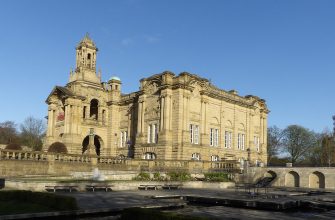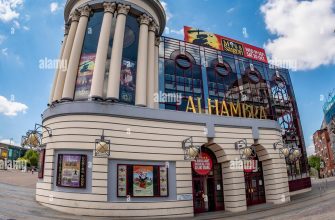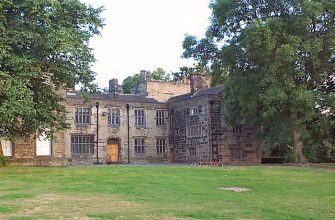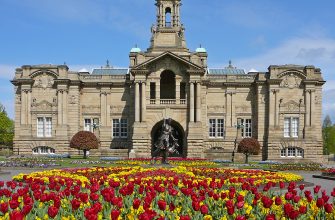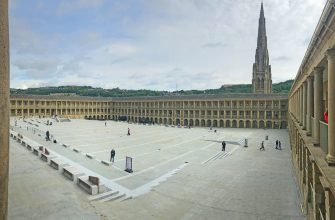Located in the heart of Oxford, Oxfordshire, England, the Bodleian Library is one of the oldest libraries in Europe and a remarkable testament to the history of human knowledge. With its stunning architecture, vast collections of manuscripts and rare books, and its role as a hub of academic research, the Bodleian Library is a must-visit for anyone interested in history, literature, or academia. It’s not just a library; it’s a treasure trove of knowledge, a monument to the human thirst for understanding, and a popular tourist attraction.
History of the Bodleian Library
The Bodleian Library was founded in 1602 by Sir Thomas Bodley, an English diplomat and scholar. However, its roots go back even further, to the 13th century, when the University of Oxford established a collection of books for the use of its students and faculty. Over the centuries, the library has grown and evolved, reflecting the changing needs and interests of its users. Today, it is one of the largest and most prestigious libraries in the world, with over 13 million printed items.
Architecture of the Bodleian Library
The architecture of the Bodleian Library is as impressive as its collections. The library complex includes several historic buildings, each with its unique architectural style. The Old Library, with its ornate ceiling and wood-panelled walls, is a stunning example of Jacobean architecture. The Radcliffe Camera, with its distinctive circular design and neoclassical style, is one of Oxford’s most iconic landmarks. The modern Weston Library, opened in 2015, combines contemporary design with traditional materials, creating a striking contrast with the older buildings.
Collections and Research at the Bodleian Library
The Bodleian Library’s collections are vast and varied, encompassing everything from ancient manuscripts and rare books to modern digital resources. The library is particularly renowned for its collections of medieval manuscripts, early printed books, and maps. It also holds significant collections in areas such as music, theology, and Oriental studies. As a legal deposit library, the Bodleian is entitled to receive a copy of every book published in the UK and Ireland, ensuring its collections continue to grow and reflect contemporary scholarship.
Tourism and Visiting the Bodleian Library
While the Bodleian Library is primarily an academic institution, it also welcomes tourists and visitors. Guided tours are available, offering insights into the library’s history, architecture, and collections. There are also exhibitions showcasing items from the library’s collections, as well as lectures and other events.
- Admission: Entry to the Bodleian Library is free, but there is a charge for guided tours and some exhibitions.
- Tours: Guided tours are available daily and must be booked in advance. The standard tour lasts about an hour and includes the Divinity School, Duke Humfrey’s Library, and the Radcliffe Camera.
- Tips for Tourists: Photography is not allowed in some areas of the library. Large bags and backpacks must be left in the cloakroom. It’s recommended to book your tour in advance, especially during peak tourist season.
The Bodleian Library is not just a place to read books; it’s a place to explore the history of human knowledge, to marvel at beautiful architecture, and to immerse oneself in the academic atmosphere of Oxford. Whether you’re a scholar, a history buff, or just a curious visitor, the Bodleian Library has something to offer you.

